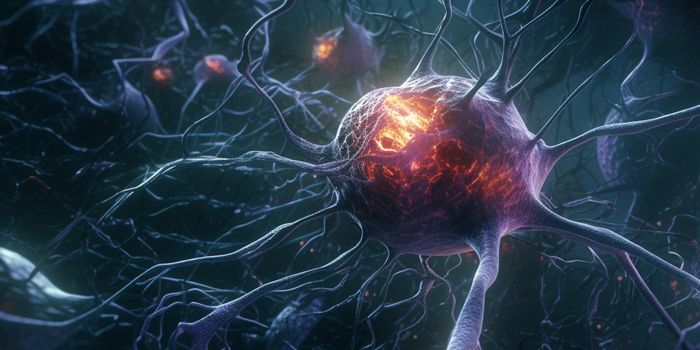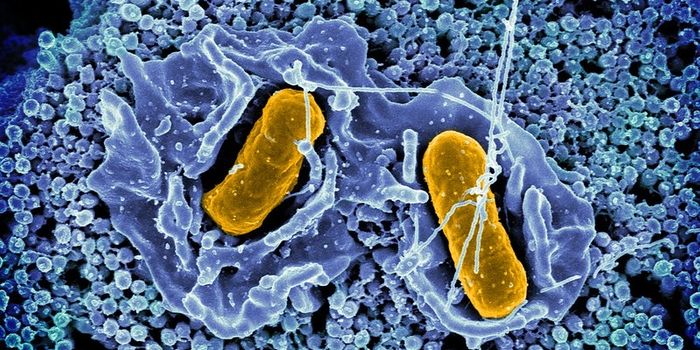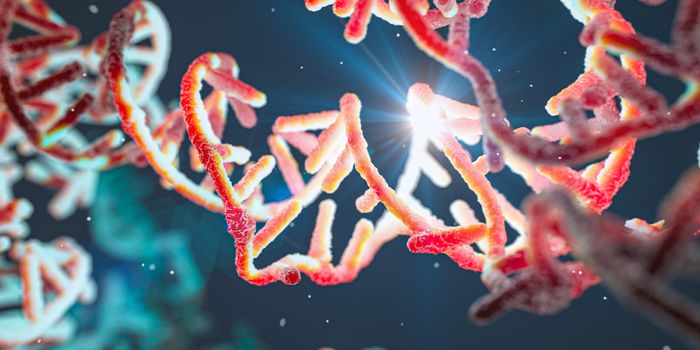Finding New Areas of the Human Genome to Explore
Picture drops of rain falling onto a sidewalk square. The drops fall randomly, but you notice one area (shown in the video) that stays dry - that dry spot is special. This analogy describes a method developed by scientists at University of Utah Health. After exploring genetic data from over 100,000 healthy people, the researchers identified areas in the human genome that resist changes. Mutations that do occur in those areas, however, may be to blame for serious pediatric disorders, the researchers suggested. Their work has been reported in Nature Genetics.
"Instead of focusing on where DNA changes are, we looked for parts of genes where DNA changes are not," explained Aaron Quinlan, Ph.D., an associate professor of Human Genetics and Biomedical Informatics at U of U Health and associate director of the USTAR Center for Genetic Discovery. "Our model searches for exceptions to the rule of dense genetic variation in this massive dataset to reveal constrained regions of genes that are devoid of variation. We believe these regions may be lethal or cause extreme phenotypes of disease when mutated."
It’s a straightforward approach, but only recently has enough human genetic data been compiled to make it possible. A mutation that occurs in a gene that is highly constrained might be one that causes a disease, noted Quinlan, so this work may reveal new disease-causing genes.
"We are confident that these genes play a role in [the] development of disease, but we currently know little about their role," said Quinlan, the senior author of the paper. "That's where the exciting potential for discovery is."
The team is confident in their methods; many of these constrained regions contain genes that have been linked to a variety of developmental problems, like congenital heart defects, developmental delays, and seizure disorders.
The Genome Aggregation Database (gnomAD) allowed the researchers to generate maps of the constrained regions; it contains data on human genetic variation that’s been obtained from 120,000 genomes. These maps revealed variations in genes that cause disease as well as previously unknown mutations that have a role in developmental disorders. This project has opened new avenues in disease research.
"A gene as a whole might be able to tolerate variation, but variation in one critical section [of the constrained region] could have serious developmental consequences," said the first author of the work James Havrilla, a graduate student the Quinlan lab.
This model is not useful for complex diseases like diabetes or heart disease, cautioned Quinlan; it was made to find extreme phenotypes like facial dysmorphism or intellectual disabilities. The work also focused on individuals of European descent, an issue throughout genetics research.
"The map we created will provide the community with a resource to study genes that heretofore had no disease association," noted Quinlan. "The beauty and power of this approach is that as we obtain more data from ever more human genomes, we can continue to improve the resolution of this map to pinpoint areas to study for disease."
Sources: AAAS/Eurekalert! Via University of Utah Medical Center, Nature Genetics








